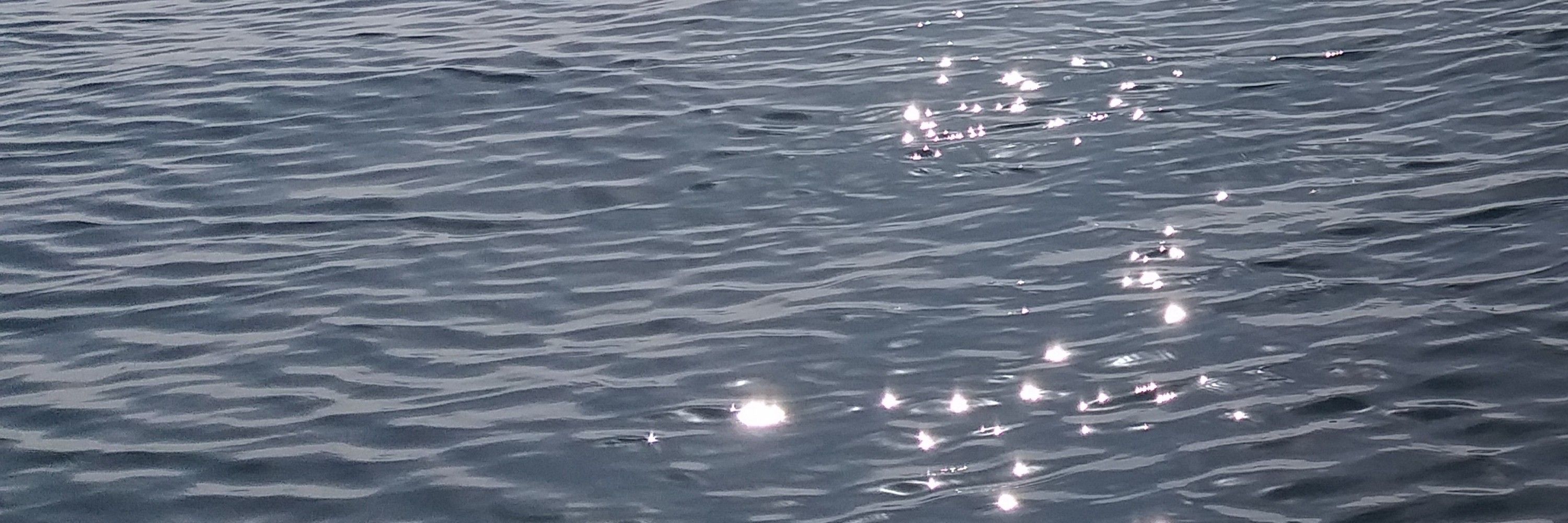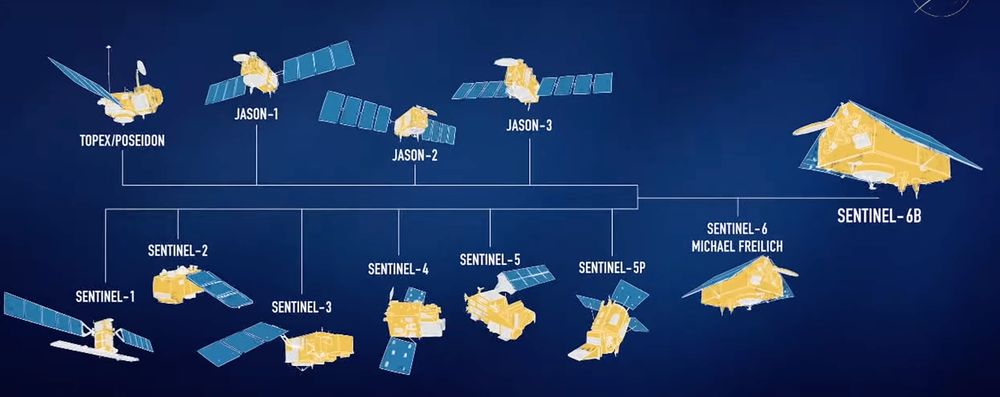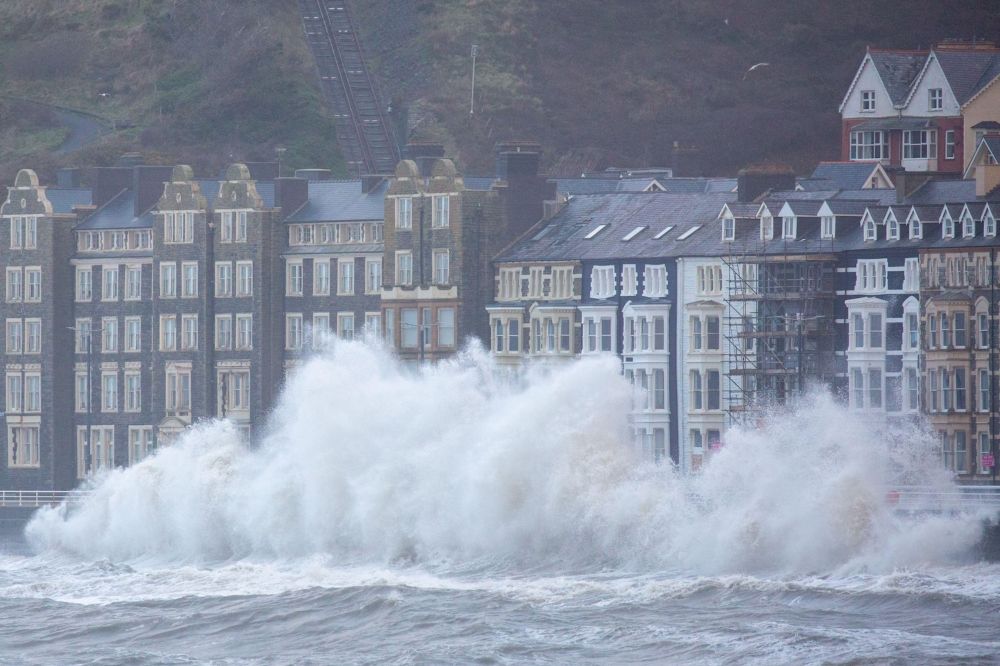
Earth scientist focusing on wind waves, currents and a few other things.
Reposted by Fabrice Ardhuin

More info, Losiak et al (2016), DOI: 10.1111/maps.12616
Here is hillshade of Estonian Land Board 5m LIDAR showing clear crater rim.
Reposted by Fabrice Ardhuin

👉 quels “blancs” laisse-t-on aux étudiants ?
Pas des trous au hasard, mais des espaces pour réfléchir, conjecturer, s’approprier. Les “blancs” sont une véritable décision pédagogique.
Reposted by Fabrice Ardhuin


We find an AMOC collapse would exacerbate drought conditions across Europe, linked to reduced precipitation. In combination with climate change droughts are expected to become more frequent and severe.
doi.org/10.5194/hess...
Reposted by Fabrice Ardhuin

📸 P. Harmsen/AAD
Reposted by Peter Thorne, Fabrice Ardhuin

Reposted by Fabrice Ardhuin

Reposted by Fabrice Ardhuin


#marinebiology #marinelife #oceanlife
Reposted by Fabrice Ardhuin

agupubs.onlinelibrary.wiley.com/doi/10.1029/...
odysea.ucsd.edu
That should be another launch around 2030


1) open source (github.com/ne62rut/whales )
2) gives low noise globally and more data near the coast
3) successfully applied to all missions starting with ERS-1 (ERS-1 with WHALES will be in the CCI v5 dataset next year)


S1, S2, S3, S4, S5 and S6 are all doing very different things. True, S3s also carry altimeters (SRALs) .
Reposted by Fabrice Ardhuin

#CopernicusEU Sentinel-6B is now in orbit and ready to begin its Launch & Early Operations phase with @operations.esa.int. The satellite is ready to continue a decades-long mission to track the height of the planet’s seas – a key measure of climate change.


that will help us prioritize activities for the Sea State CCI project ...

We are providing advanced processing and monitoring



www.youtube.com/live/6tyr0ld...
or watch.esa.int/two/
Reposted by Fabrice Ardhuin

Carnivorous 'death-ball' sponge share.google/pcKssFW9bX1E...
Reposted by Fabrice Ardhuin


Reposted by Fabrice Ardhuin

Read here ⬇️
Reposted by Fabrice Ardhuin, Gavin A. Schmidt



#Science #Mathematics #Physics
Reposted by Fabrice Ardhuin
These major cities have ALL banned fossil fuel adverts. These ads have massive climate and health impacts, all while targeting politically influential decision makers.
Reposted by Scott C. Doney, Fabrice Ardhuin

JGR:Oceans is now looking for new Editors and Associate Editors, if you're interested get in touch. We don't bite! 😀
... ma version est là: www.umr-lops.fr/Le-LOPS/Actu...

